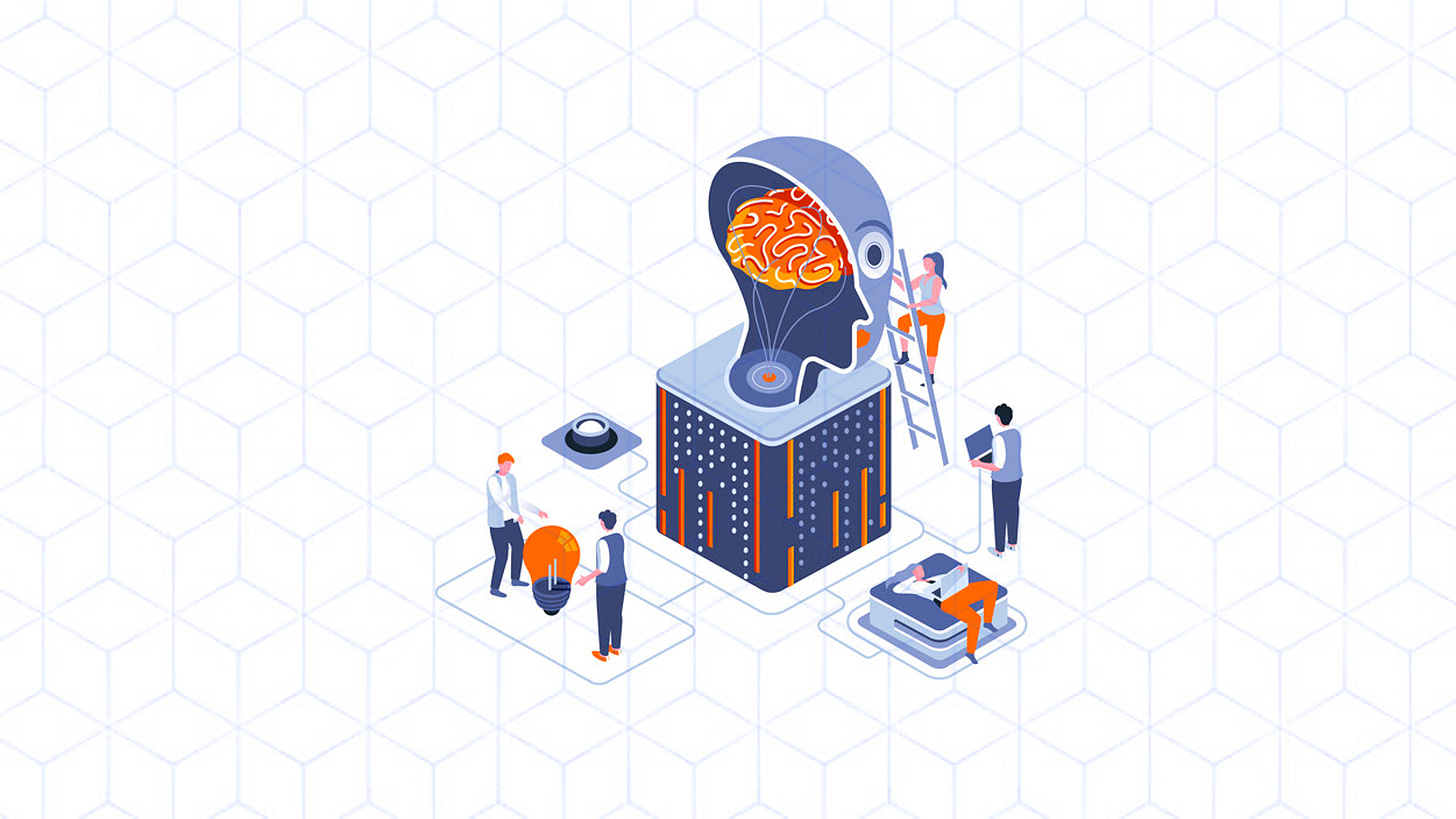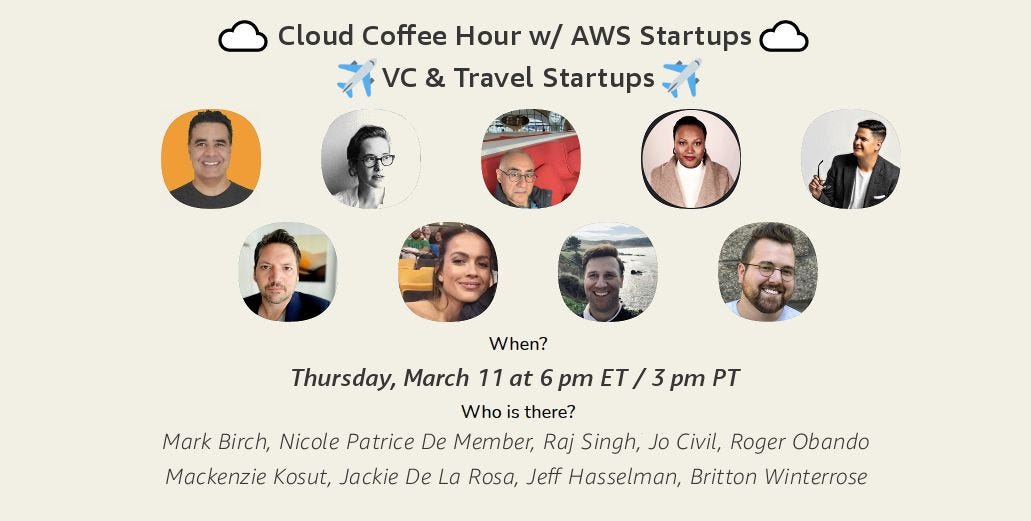Purposeful Side Projects
The subtle power of just trying things and exploring
I was never a great student growing up. The phrase used by teachers was, “Smart, but doesn’t apply himself.” It was a chain around my neck that dragged me down for years. Many people enjoyed school, but I was not one of them.
The problem was not ability, but time. I was always busy on other things. For example, in college, instead of working on boring engineering problem sets, I would try to takeover other people’s terminals. When I lived in the Engineering House, I was running a high-stakes power game (for college that is) and devising ways of sneaking beer kegs into my room. I had priorities.
Some may say I have an attention problem, others might call it ADHD. I never did bother to get my condition analyzed or treated because I never saw it as a liability. In fact, during some periods of my career, it was helpful, such as in commodities trading or in my brief stint in the music business where instinct and spontaneity were more important than deliberate planning and caution.
In some ways, this ability to context switch and go with the flow was a superpower. Things that looked like detours or mistakes early in my career turned into fortuitous steps toward building a foundation of valuable skills. My music for example gave me a more attuned ear towards audio quality and built up my confidence in presenting in front of audiences as a tech speaker. My Unix hacking gave me a greater awareness of application security when I started building my own apps many years later.
Mostly what I have learned about myself however is I like to do lots of different things. Life for me seems more enriching that way. While I might be a generalist with only a bit of knowledge across many domains, I prefer this than being too narrowly focused in one area. This is not a judgment call, some people go deep whereas others go wide.
Take my writing for example. It is Women’s History Month, so I am working on a women in tech post at the moment, much like I have done in the past when I talked about Margaret Hamilton and her foundational work in software engineering and for the Apollo program. Other times I talk about developer ecosystems or bash banking executives or how much I loathe LinkedIn.
I tweeted about this idea of depth vs breadth:
If you want to optimize for growing size of audience, focus on writing about a single topic. If you want to optimize for building greater value, write about multiple topics.
There are topics I have gone deep on and built strong competency in. The result was that I developed a large following in places like social media with people seeking unique insights in one topic. The best and most original ideas however have come in jumping domains, thinking laterally, and remixing concepts in other fields to apply to problems in a different area.
I saw this clearly in my HR tech startup from years back. We were working with a customer in the furniture manufacturing industry. The tolerances for their assemble-it-yourself furniture were especially tight and required certain engineering techniques to ensure high quality. In our skills analysis, we discovered that the best candidate would come from the bicycle industry based on similar techniques used. Thinking expansively led to more creative solutions.
This is the appeal of side projects. Some of my engineer friends working on the side as maintainers or contributors to open source projects or are building apps for personal projects. Others have hobbies outside of their main occupation such as cooking or carpentry or ultra-long distance running. One of the more unusual hobbies I took up many years ago was leading food tours of NYC Chinatown that eventually became a business taking mostly foreigners and corporate teams to various dumpling shacks.
Over time I have been more mindful of my time. I still do side projects, but they are purposeful side projects. This is not to say that I know or force a particular outcome, but that whatever time I dedicate towards an idea or project can eventually return something back to me or my community. What I am trying to optimize is the learning opportunity.
My book project for example, Community-in-a-Box, was not just a revenue stream. It was also provided opportunities to speak as an expert on community building at events. In the process, I learned a ton about self-publishing and book promotion (pre-sales is everything). My recent LinkedIn Hashtags project is another example, an experiment to increase the engagement of posts on LinkedIn. In passing 1,000 installs this week though, now I am thinking about bigger feature ideas and monetization. The learning here is in testing different mechanisms to drive early product user growth.
A friend of mine in Toronto, Billy Lo, recently launched a new app on Product Hunt. SuperRoute is a site that compares routes generated by Google, Apple, MapQuest, Mapbox, and other services. He has launched a number of apps through his Evergreen Labs shop, so I asked what drives him to pursue side projects. In Billy’s words:
“My side projects have been fun because it:
a) Gives me a creative outlet: it’s just fun to make first-of-a-kind, useful things and help communities I care about,
b) Allows me to appreciate all the nuances of bringing an idea to the market; coding is just one piece of the puzzle,
c) Keeps me grounded on real constraints so I can deliver on the job reliably.
Big tech platforms like AWS/GCP makes it even more fun because they do the hard stuff (NLP, Vision, auto-scale infra, etc.).”
Fun is an important aspect of side projects. If there is no joy in the process, it is easy to become disinterested and move on. There is also a deeper purpose though to the building. There is the learning element, there is the applicability for work, and there is value for others. Behind the act of making is another important insight Billy mentions. It is simply easier to build now than ever before.
In a recent episode of the Cloud Coffee Hour, I heard a developer share a story of building a fully functioning app during a hackathon in 12 hours. By itself, that is not remarkable. What is amazing however is that this developer had never used AWS Amplify and he was also able incorporate machine learning into his Uber clone mobile application. AWS took all of the unneeded complexity away so he could focus on building features instead of setting up the plumbing. That is the true power of the cloud, it accelerates innovation and ideation.
Some organizations understand the value of side projects by their teams. Google famously had their “20% time” for years as a means for anyone to explore ideas and experiment. Facebook often organized internal hackathons which spread to other startups and eventually enterprises. By bringing people together and collaborating across teams, internal side projects help foster greater collaboration, organizational trust, and lead to better ideas and solutions.
Side projects are a win for all sides. Plus the really good ideas could become the next breakthrough product. Besides, it has never been easier and cheaper to try out ideas.
What are some side projects you are working on, whether by yourself or with a team? Does your organization encourage side projects to drive innovation?
Mark Birch, Editor & Founder of DEV.BIZ.OPS
My next ☁️ Cloud Coffee Hour w/ AWS Startups ☁️ features Raj Singh of JetBlue Technology Ventures to talk about VC’s, travel startups, and trends post-COVID.
The talk is hosted on Clubhouse and the times are:
Thu, March 11th at 6 PM EST/ 3 PM PST
Fri, March 12th at 10 AM Sydney / 8 AM Tokyo / 7 AM Singapore
Please share on LinkedIn - https://www.linkedin.com/posts/startupmark_startups-venturecapital-fundraising-activity-6775486249886109696-KsM2
Event link to join - https://clublink.to/event/xqNgp9G9?ref=n_cp
If you do not have the app yet, message me your mobile number so I can send you one (note app is iOS only for now).
We are also launching our EMEA series on March 11th at 4 PM GMT with Carolina Amorim, CEO & Co-Founder of EMOTAI, a bio-signal tracking and training platform startup in Portugal. Join us then if you are in Europe, Africa & Middle East.
If you would like to speak, I would love to have you join us as well as a future guest!
Want to learn more about DEVBIZOPS and read more hot takes about IT, technology, and working smarter. Receive our weekly newsletter by signing up to our Substack!




